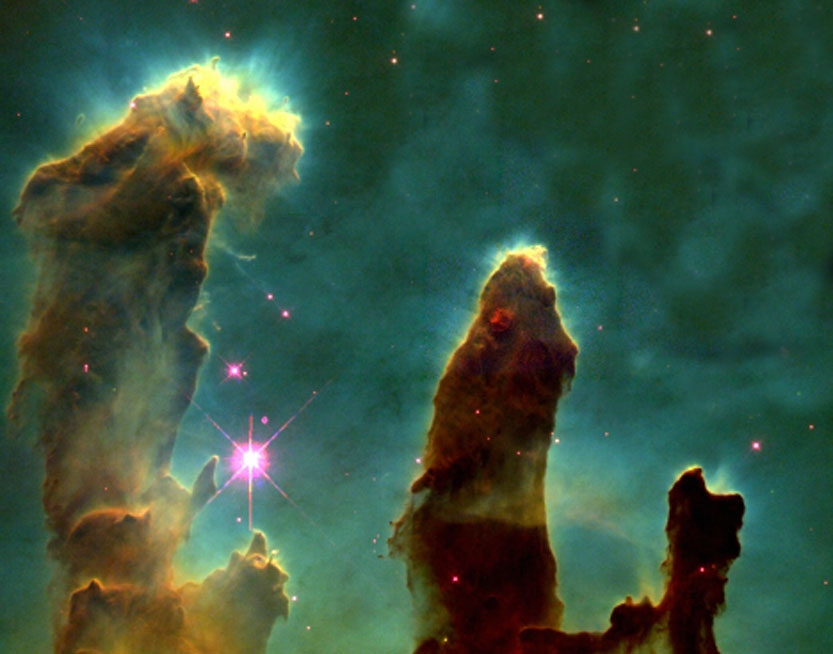Plate Tectonics May Have Begun 4.4 Billion Years Ago.
By Evan FinnesA new study suggests that the Earth’s tectonic activity may have begun as many as 4.4 billion years ago. The evidence stems from tiny minerals called zircons found in rocks of the Jack Hills region of Western Australia. Zircons, or zirconium silicate (ZrSiO4), are amazing minerals because of the fact that they are very widespread, and can exist in igneous, sedimentary, or metamorphic rocks.
By analyzing tiny mineral inclusions found inside seven of the zircon crystals found in Western Australia ( seven out of 400 found) scientists were able to determine that there was tectonic activity in the earliest eon of our planet, the Hadean. These inclusions allowed the scientist to determine the temperature and pressures at which the zircons formed. Six of the seven bits of zircon contained inclusions composed of the mineral muscovite (KAl2(AlSi3O10)(OH)2). The Silicon to Aluminum ratio in these muscovite inclusions suggest that the rocks formed at depths of about 25 km beneath the Earth’s surface. Because of the amount of Titanium atoms present in the zircons, the scientists were able to determine that temperature of crystallization was between 665 and 745 degrees Celsius. The seventh inclusion consisted of a mineral known as hornblende ( (Ca,Na)2-3(Mg,Fe,Al)3Si6(Si,Al)2O22(OH)2) ). After analyzing the hornblende inclusions, (using methods similar to the above methods), scientists were able to confirm the determined results of the muscovite. However, because this discovery is based only on seven samples, there is some healthy criticism.
These temperatures and pressures indicate that the temperature flux during the zircon crystallization was approximately 75 mW/m2. This flux is slightly higher than what is observed on Earth today. Because the Earth was so much hotter during its first six hundred million years, a higher paleo-flux is expected. However, the calculated flux was also determined to be about 1/5 lower than the expected flux of the hadean eon. It is because of this abnormally lower than average flux of the hadean eon zircons, that it was determined that the plate tectonics had to have begun so early in Earth’s history.
On Earth today, fluxes much lower than average occur above subduction zones, where one plate subducts beneath another. It is hypothesized that these zircons were formed as the descending plate subducted, bringing liquid water with it, where it cooled the surrounding mantle enough for the zircons, and the inclusion minerals, to crystallize out of solution. Zircon contains uranium isotopes, which allowed the year of this crystallization to be calculated using radiometric dating techniques.
This could be an important discovery because it will help us understand the evolution of terrestrial planets. Plate tectonics play a very important role in recycling the gasses which make up our atmosphere, and therefore directly affect the ability of a planet to sustain life. With the right atmospheres, Venus and Mars could have been within the habitable zone of our solar system, however neither planet is believed to have developed plate tectonics.
Besides providing clues to the development of plate tectonics, the zircons also contain oxygen isotopes that suggest that water was also present on the Earth some 4.4 billion years ago. These Western Australian zircons are the oldest minerals on Earth, and have provided us with great insight into the dawning hours of our planet.
